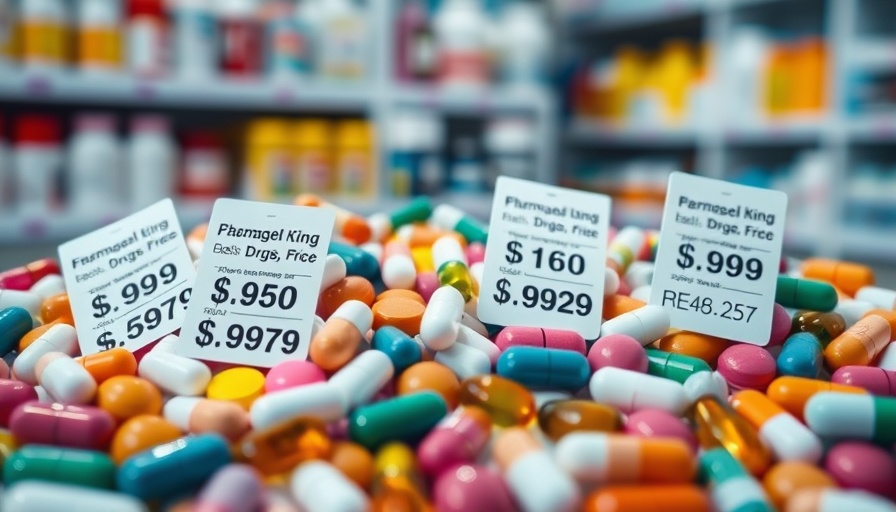
The Rising Costs of U.S. Medications: A Closer Look
In recent years, American patients have faced a staggering increase in the prices of new medications, particularly those targeting rare diseases. The average cost for these drugs has more than doubled within just four years. This alarming trend raises significant questions about the accessibility and affordability of essential health treatments for thousands of patients whose conditions often lack effective treatments.
Understanding the Financial Implications
With drug prices skyrocketing, pharmaceutical companies argue that extensive research and development costs must be recouped. Each new drug can take years, if not decades, of investment before approval, especially in the complex landscape of rare diseases where patient populations are limited. However, this perspective often overlooks the financial burden placed on patients and their families. Many are forced to make agonizing decisions about the care they can afford, causing emotional and physical distress.
The Impact on Patients and Families
According to several health reports, families with members suffering from rare diseases often face daunting co-payments and out-of-pocket expenses. These financial challenges can result in patients delaying treatment or forgoing prescriptions entirely, putting lives at risk. A recent survey highlights that nearly one in five patients reported not filling a prescription due to high costs, further emphasizing the direct impact of drug pricing on health outcomes.
Examining Broader Economic Trends in Healthcare
The United States has long grappled with escalating healthcare costs, and as drug prices rise, these figures amplify a pre-existing crisis. Recent data shows that 10% of Americans are unable to afford the medications they need. Experts are calling for reforms, suggesting that both government and industry partners need to collaborate to find solutions. They advocate for price regulation, transparency in pricing, and competitive pricing strategies that can benefit both the manufacturers and the patients.
Future Trends: What Lies Ahead for Drug Pricing?
Looking ahead, there is hope that legislative changes could lead to increased accountability and better pricing strategies in the pharmaceutical industry. Potential regulations that could emerge may focus on limiting the extent to which companies can hike prices annually. The U.S. Department of Health and Human Services is already exploring measures to ensure that pricing reflects the real costs of providing healthcare and that pharmaceutical innovations are accessible to all.
Public Awareness and Advocacy
As public awareness rises about the rising costs of medications, advocacy has become crucial. Non-profits and patient advocacy groups are [rallying](https://www.healthaffairs.org/do/10.1377/hblog20190307.83687/full/) to highlight these issues through campaigns, influencing policymakers to act on behalf of their constituencies. Social media movements have begun to raise awareness and mobilize ordinary citizens in ways that are unprecedented. These efforts not only shine a spotlight on the rising costs but also encourage patients to share their stories, fostering a community of support and understanding.
Concluding Thoughts: Why This Matters
The dramatic rise in drug prices is not just a statistic; it reflects the ongoing struggles faced by many across the United States. As communities become more aware of these issues, it is essential to engage in discussions that drive change. Now more than ever, patients and advocates must unite to push for systemic changes that make critical medications more accessible. Follow the latest news in healthcare and support initiatives that advocate for fair drug pricing, ensuring strategies that benefit both public health and pharmaceutical advancements.
 Add Element
Add Element  Add Row
Add Row 



 Add Row
Add Row  Add
Add 


Write A Comment